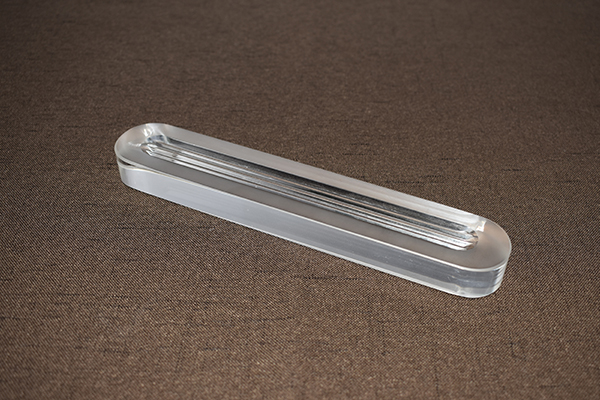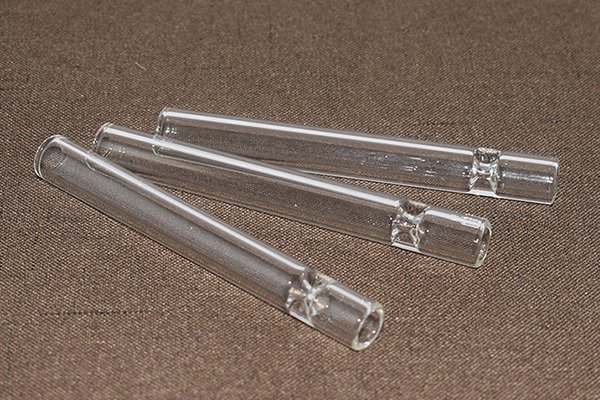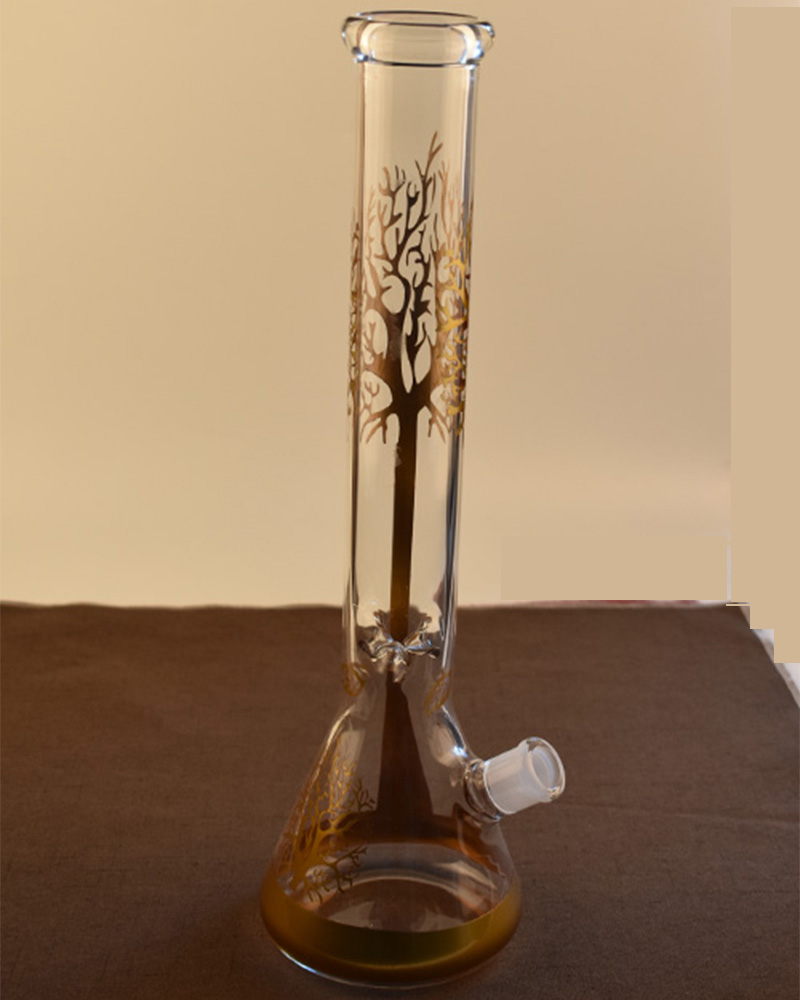News Detail
How Low Is the Thermal Expansion Coefficient of Borosilicate Glass? A Detailed Look at Its Performance Data
One of the key reasons borosilicate glass is widely used in laboratories, industry, and high-end consumer products is its remarkably low coefficient of thermal expansion (CTE). This property enables it to withstand extreme and sudden temperature changes without cracking or deforming.
Thermal Expansion Data
-
Borosilicate 3.3 Glass (Standard Laboratory Grade):
-
CTE: ~3.3 × 10⁻⁶ /K (from 20°C to 300°C)
-
Thermal Shock Resistance: Can endure temperature differences up to 150–165°C without failure.
-
-
Ordinary Soda-Lime Glass (Common Window Glass):
-
CTE: ~9.0 × 10⁻⁶ /K
-
Thermal Shock Resistance: Typically withstands only 40–60°C temperature differences before risk of cracking.
-
This threefold difference in CTE explains why borosilicate glass is far more durable under rapid heating or cooling conditions.
Performance Benefits of Low CTE
-
High Thermal Shock Resistance
Glassware can be moved directly from a hot oven into a cool environment (or vice versa) with minimal risk of cracking. -
Dimensional Stability
Components maintain precise dimensions even under fluctuating temperatures — vital for optical instruments and laboratory equipment. -
Extended Service Life
Lower internal stress during temperature changes reduces the risk of microcracks, ensuring durability. -
Versatility in Applications
From lab beakers and reaction vessels to telescopic mirrors and pharmaceutical vials, borosilicate glass delivers consistent performance.
Conclusion
With a thermal expansion coefficient of just 3.3 × 10⁻⁶ /K, borosilicate glass offers exceptional resistance to temperature changes, far outperforming ordinary glass. This unique property is the foundation of its popularity in high-precision, high-safety applications worldwide.



